CC boil timing
aliris19
12 years ago
Related Stories
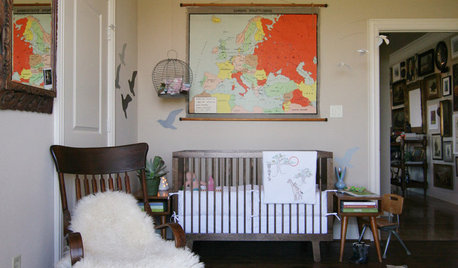
DECORATING GUIDES10 Popular Home Design Trends — Timely or Timeless?
Weigh in on whether these of-the-moment decorating elements will have staying power or become a memory of these times
Full Story
EDIBLE GARDENSWhy Grow Quince? For Beauty, Fragrance and Old-Time Flavor
Delightfully perfumed fruit and lovely spring blossoms make this apple and pear cousin worth a spot in the garden
Full Story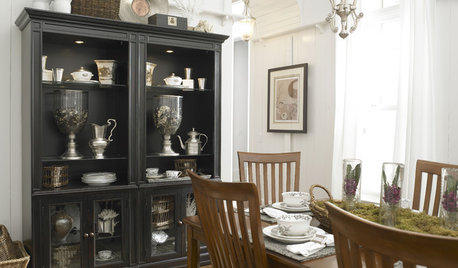
HOUSEKEEPINGHousekeeping 101: How to Clean Silver
Learn from a pro how to properly clean and care for your precious silverware
Full Story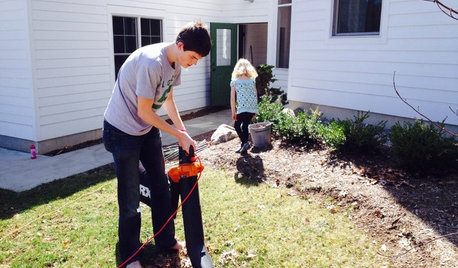
LIFEChore Time: How to Work Better as a Family
That’s not just a crumb-strewn counter or a yard scattered with leaves. It’s a valuable opportunity
Full Story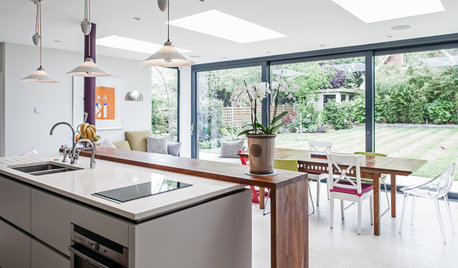
ADDITIONSRoom of the Day: New Kitchen-Living Area Gives Family Together Time
An airy add-on becomes the hub of family life in a formerly boxy Arts and Crafts-style home
Full Story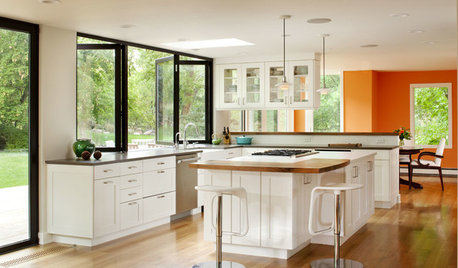
KITCHEN DESIGNDetermine the Right Appliance Layout for Your Kitchen
Kitchen work triangle got you running around in circles? Boiling over about where to put the range? This guide is for you
Full Story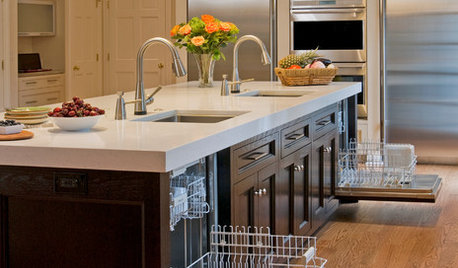
HOUSEKEEPING10 Chores You Can Whip Through During Commercials
Use ad time for getting tasks done, and it’s like fast-forwarding your house into cleanliness
Full Story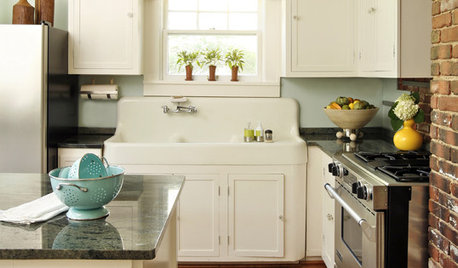
KITCHEN DESIGNHow to Set Up a Kitchen Work Triangle
Efficiently designing the path connecting your sink, range and refrigerator can save time and energy in the kitchen
Full Story
LIFE10 Smart Organizing Ideas That Make Life Easier
Rethink where and how you store household basics, from bills to baking supplies, to buy some time and save some headaches
Full Story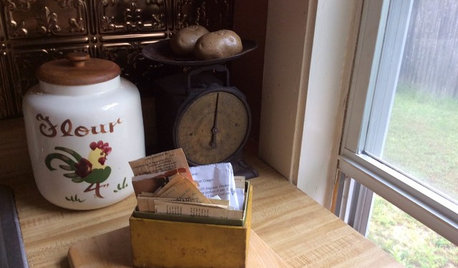
KITCHEN DESIGN5 Home Cooks Share Their Favorite Family Recipes
Peek inside the kitchens of these Houzz users and learn how to cook their time-tested, passed-down dishes
Full Story






tyguy
breezygirl
Related Professionals
Everett Kitchen & Bathroom Designers · Alpine Kitchen & Bathroom Remodelers · Lakeside Kitchen & Bathroom Remodelers · Saint Helens Kitchen & Bathroom Remodelers · Prairie Village Kitchen & Bathroom Remodelers · Ridgefield Park Kitchen & Bathroom Remodelers · Beaumont Cabinets & Cabinetry · Foster City Cabinets & Cabinetry · Indian Creek Cabinets & Cabinetry · Jefferson Valley-Yorktown Cabinets & Cabinetry · Land O Lakes Cabinets & Cabinetry · Manville Cabinets & Cabinetry · Norfolk Cabinets & Cabinetry · Plymouth Cabinets & Cabinetry · Liberty Township Cabinets & Cabinetryaliris19Original Author
wekick
aliris19Original Author
marcolo
weedmeister
mojavean
aliris19Original Author
marcolo
wekick
attofarad
marcolo
foodonastump
aliris19Original Author
foodonastump